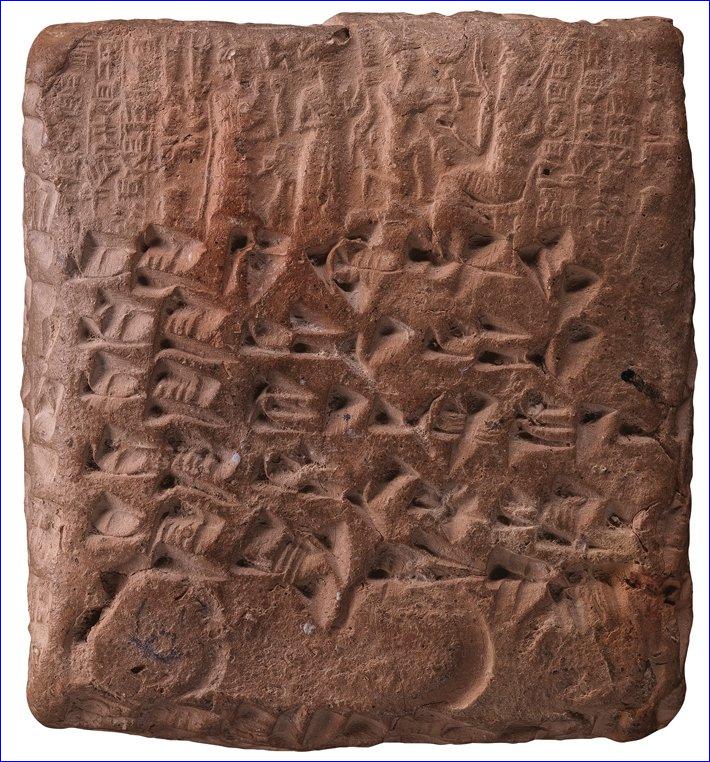


"I have nothing else apart from these funds," she wrote in cuneiform script. "Take care to act so that I will not be ruined!" She gave instructions to Assur-mutappil on how to recover her silver and to update her about the results, as per Archaeology Magazine. "Let a detailed letter from you come to me by the very next caravan, saying if they do pay the silver. Now is the time to do me a favor and to save me from financial stress!" she wrote on another tablet. From about 2000 to 1750 B.C., the city hosted several foreign merchants from Ashur, an Assyrian city 700 miles to the southeast in modern-day Iraq. At the end of the third millennium B.C., Ashur's king removed the government monopoly on trade and it opened the way for private merchants to use donkey caravans that transported luxury fabrics and tin into the Anatolian heartland.
Knewz.com noted that these items were then exchanged for silver and gold bullion in at least 27 city-states. Ahaha's letters were part of 23,000 clay tablets that were excavated over the past decades from the ruins of merchants' homes in Kanesh. These belonged to Assyrian traders who settled in Kanesh and stayed connected with their families back in Assur through written correspondence, which lay six weeks away by donkey caravan. A new book provided some unique insight into a remarkable group within this community. These were women who seized new opportunities that were offered by social and economic change, to take on roles that were typically assigned to and occupied by men at the time, according to Archaeology Magazine. The people were the first-known businesswomen, female bankers, and female investors in the history of humanity.
These people invented certain kinds of investments within the trade. They also were among the first people who started the event of writing their letters as opposed to the previous practice of dictating them to a scribe, as per the Journal of Management and Marketing Research. The clay tablets contained Cuneiform writing that was created by 19th-century Assyrian merchants and were stored in their houses in the settlement and later buried in the ruins of these houses. The inscriptions revealed letters, administrative documents, legal contracts, records of court cases, business correspondence, and collections of notes and memos. They indicate networks of partnerships and family relations that helped transportation and communication which highlighted the trade phenomena.

or register to post a comment.